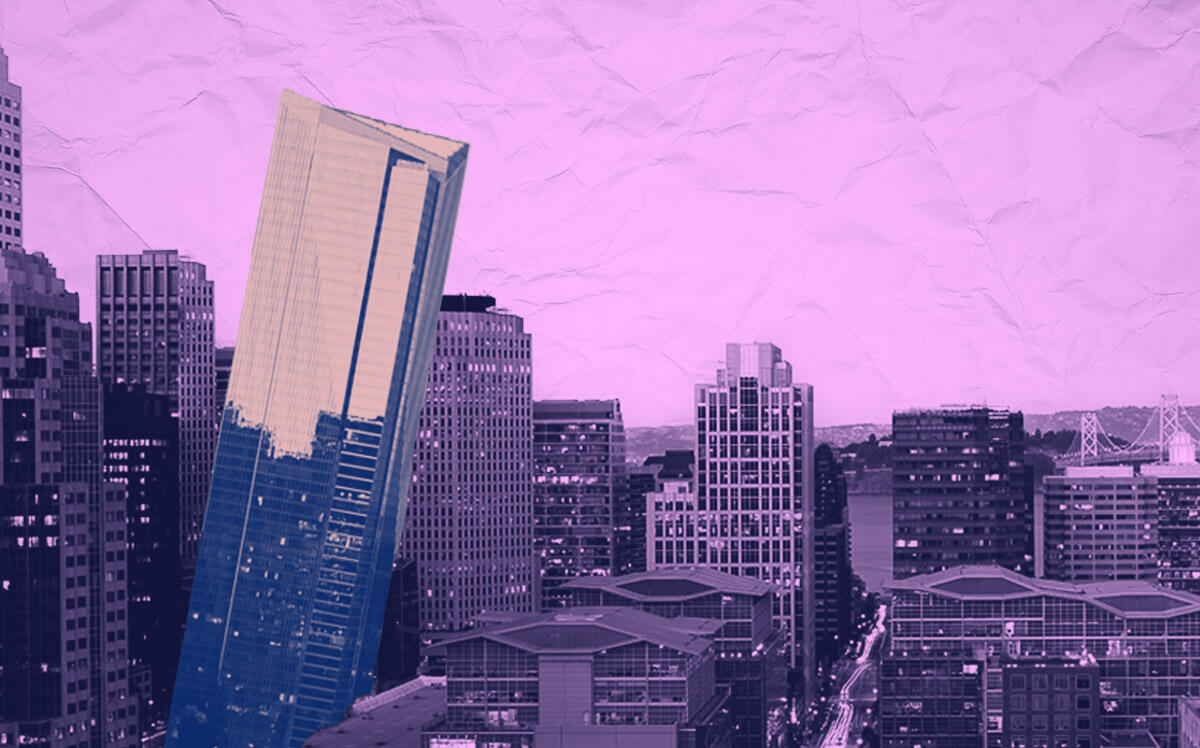Trending
Efforts to stop San Francisco’s Millennium Tower from further sinking, leaning resuming
The building’s homeowners’ association paused work to shore up its foundation in August after learning it had sunk an inch and tilted five inches since May

Work to address the sinking and leaning of San Francisco’s Millennium Tower has gotten the OK to restart from the city after a two-month pause.
The lead engineer on a $100 million project intended to fix both issues said in a memo to the city’s Department of Building Inspection this week that work would resume Thursday, the San Francisco Business Times reported. In late August, the tower’s homeowners association told residents that efforts to shore up its foundation would be put on hold in light of an “increased risk of settlement,” or sinking.
Earlier this month, Shimmick Construction and engineering firm Simpson Gumpertz & Heger began testing a new repair method “to predict the amount of additional settlement likely to occur during construction completion,” lead project engineer Ronald Hamburger of Simpson Gumpertz & Heger said in a letter to the city. Hamburger did not immediately respond to requests for comment.
The pilot program was a success, according to Hamburger’s memo to the city this week. The building’s northwest corner sunk just 0.001 feet during the work and its building tilt “remained consistent with that experienced while construction remained in moratorium,” the memo said.
The project’s engineering and construction teams plan to install additional 36-inch diameter casings along Mission Street, the tower site’s northern edge, using the same procedures and controls as the pilot method, Hamburger said in his memo. Yet the project can’t fully restart until engineers finish testing the installation of 24-inch piles, a process that has been delayed by several weeks due to an equipment shipping delay, according to the Business Times.
Work to stop the 58-story building from further sinking and leaning will immediately cease if it sinks more than a quarter of an inch after the first installation of a 36-inch casing in the property’s northwest corner, the department of building inspection said in a memo to the homeowners association this week. The department supported the restart of those efforts based on the minimal sinking and leaning caused by the pilot program, it said in its memo. One of its engineers will be required to be on-site during the drilling of the first casing, and one of its senior inspectors will be conducting daily site inspections to help monitor any further sinking in real-time.
Completed in 2009 and located at the corner of Mission and Fremont streets, Millennium Tower contains 419 luxury condominium units and was reportedly the most expensive residential project in San Francisco’s history. Since opening that year, it’s reportedly sunk about 18 inches and tilted 22.5 inches to the west and nine inches to the north, sparking a class-action lawsuit between its residents and Millennium Partners, the building’s developer.
That suit and a slew of others were settled last year as part of a confidential agreement that compensated condominium owners for value lost due to the high-rise’s construction issues. The agreement also stipulated the launch of a $100 million retrofit to address its sinking and leaning problems; the project was initially expected to wrap up sometime next year but now may not be finished by then.
[San Francisco Business Times] — Matthew Niksa




